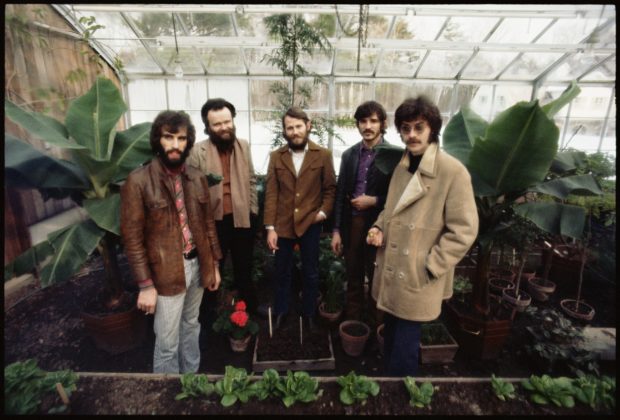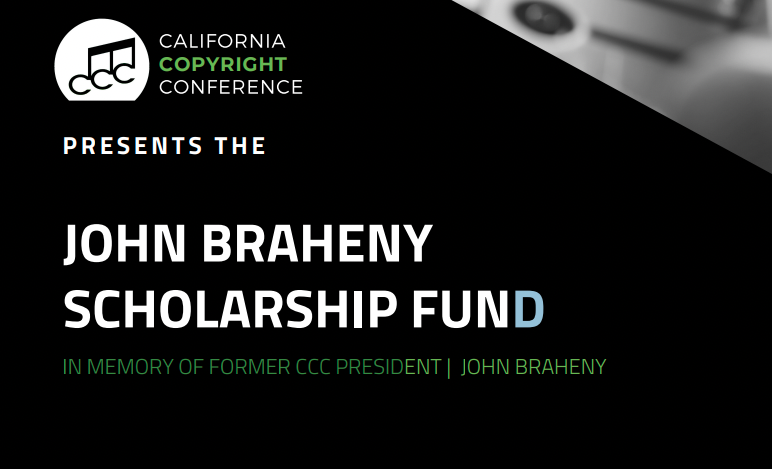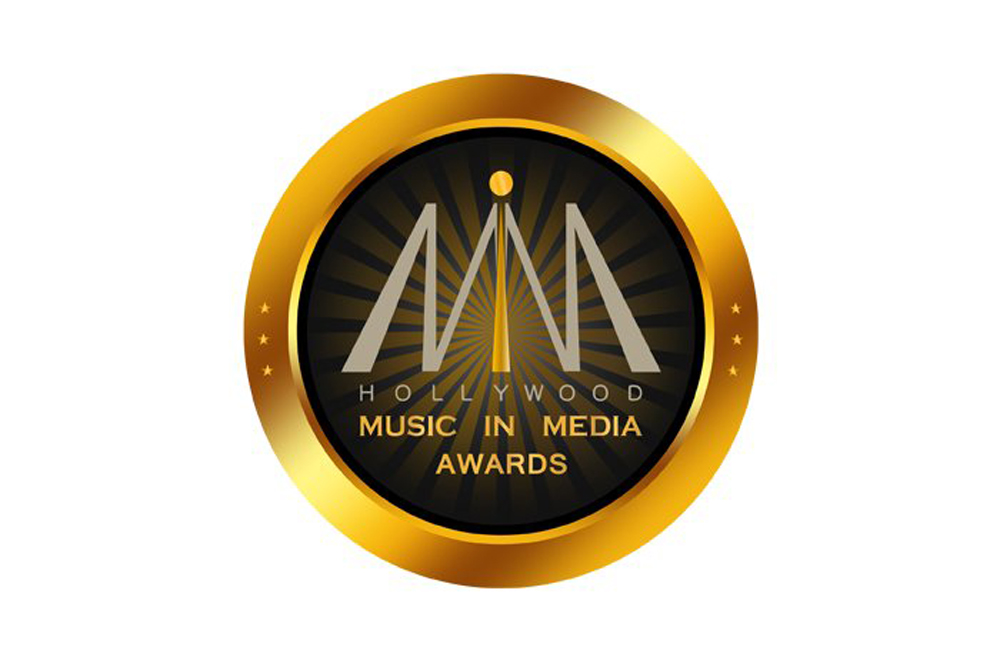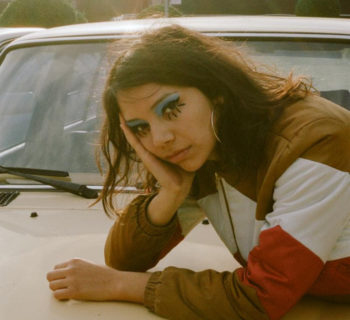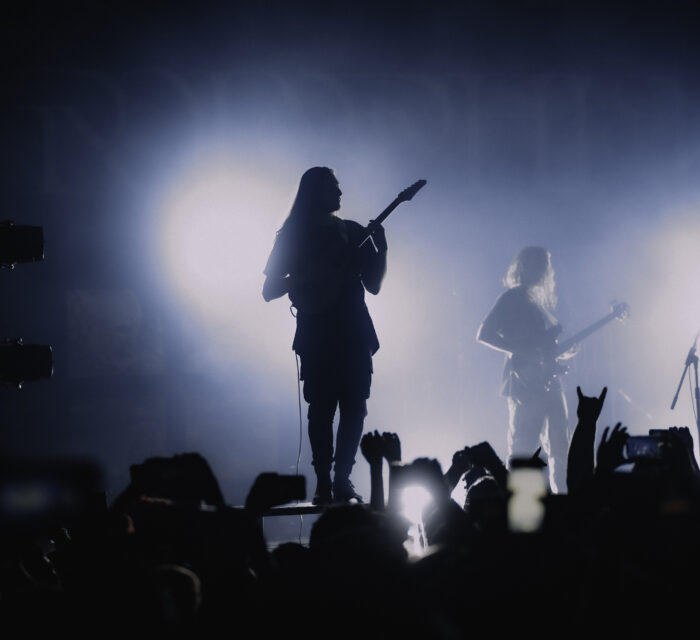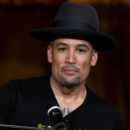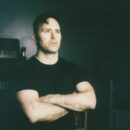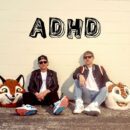When The Band pulled into the unfinished Bearsville Sounds Studios in Bearsville, New York in early 1971 to record Cahoots, their fourth studio album in as many years, they were still basking in the success of and acclaim for their first three history-making records. The Band’s landmark debut album, July 1968’s Music From Big Pink, drew inspiration from the American roots music melting pot of country, blues, R&B, gospel, soul, rockabilly, the honking tenor sax tradition, hymns, funeral dirges, brass band music, folk and good ol’ rock ’n’ roll to foment a timeless new style that forever changed the course of popular music.
When they released their seminal eponymous second album, The Band, the following year in September 1969 – or “The Brown Album,” as it would lovingly be called – not much more was known about the reclusive group. Even so, August 1970’s Stage Fright, recorded over 12 days on the stage of the Woodstock Playhouse in upstate New York, cemented the fulfilled promise of those initial back-to-back albums that solidified The Band as one of the most exciting and revolutionary groups of the late 1960s, who were able to carry their avowed excellence directly into the 1970s without interruption.
Indeed, The Band, made up of four Canadians and one American, was still purposefully shrouded in mystery at the turn of the decade, allowing for listeners and the music press to let their imaginations run afield about who these men were and what this music was that sounded unlike anything else happening as the psychedelic ‘60s officially wound down. Dressed like 19th century fire-and-brimstone preachers and singing rustic, sepia-toned songs about America and the deep south, The Band – Garth Hudson (keyboards, accordion, horns), Levon Helm (drums, vocals, mandolin, guitar), Richard Manuel (keyboards, vocals, drums), Rick Danko (bass, vocals) and Robbie Robertson (guitar, piano, vocals) – was still somewhat enigmatic as the ‘70s began to unfold and unravel around them, but there’s no denying how The Band was able to forge such an ineradicable impact on the music scene at large heretofore unmatched by any group that came before them, or since.
On December 10, Capitol/UMe will celebrate the 50th anniversary of The Band’s fourth album, Cahoots, with an assembly of newly remixed, remastered and expanded 50th Anniversary Edition packages, including a multi-format Super Deluxe 2CD/Blu-ray/1LP/7-inch vinyl box set along with digital, 2CD, 180-gram half-speed-mastered black vinyl and limited-edition 180-gram black vinyl packages. All the Anniversary Edition releases were overseen by principal songwriter Robbie Robertson and sport a new stereo mix by Bob Clearmountain from the original multi-track masters.
A Capitol/UMe press announcement touts the retail product.
“The box set, CD and digital configurations boast a bevy of unreleased recordings, including Live at the Olympia Theatre, Paris, May 1971, a rousing bootleg partial concert consisting of 11 tracks culled from the initial throes of a European tour that found The Band perched at the top of their live game; and early and alternate versions of “Endless Highway” and “When I Paint My Masterpiece” along with six other early takes, outtakes, instrumentals, and stripped-down mixes.
“Exclusively for this box set, Clearmountain has also created new Dolby Atmos and 5.1 surround-sound mixes of both the album and four bonus tracks, presented in high resolution on Blu-ray, alongside the new stereo mix. Every new audio mix has been mastered by Adam Ayan at Gateway Mastering.
“The lift-top box set also includes an exclusive reproduction of the Japanese pressing of The Band’s 1971 7-inch vinyl single for “Life Is A Carnival” b/w “The Moon Struck One” in their new stereo mixes; a 20-page booklet with new notes by Robbie Robertson and extensive insider liner notes by Rob Bowman; three classic photo lithographs, one each by Barry Feinstein, Richard Avedon (his infamous eyes-closed group portrait from the back cover) and noted New York artist/illustrator Gilbert Stone (who painted the still stunning stretched-out portrait of The Band on the album’s front cover); plus a wealth of additional material and other historical data from the original recordings sessions. The limited-edition 180-gram black vinyl release that features a tip-on jacket also contains a photo lithograph by Barrie Wentzell that’s unique to the package.
“As with the acclaimed 50th anniversary collections for the winning trio of Music From Big Pink, the self-titled record and Stage Fright, Clearmountain and Robertson’s approach to remixing Cahoots was undertaken with the utmost care and respect for the music and what The Band represents. That said, Robertson’s instructions for how his right-hand mixing partner should handle the Cahoots mixes possessed one key difference: Robertson wanted Clearmountain to transform them based on what he felt was lacking from the original mixes.”
As Clearmountain shares in the liners, “Robbie told me, ‘Just think of the original mixes as rough mixes. Pretty much don’t pay attention to the mixes themselves.’” This directive gave Clearmountain the leeway to unclutter some of the album’s original arrangements, all with Robertson’s blessing: “In the beginning of these sessions, we didn’t know if we were making another Basement Tapes where nobody would hear the music or if we were actually making a real record,” Robertson admits. Though Robertson felt the first three Band records wound up sounding better due to a combination of how today’s technology actually enhances the limitations of yesterday’s technology, he doubled down with his instructions to Clearmountain for Cahoots: “I told Bob, ‘There are no rules. So, every mix we do, I want to start from scratch. I don’t even want to listen to the original. I want to listen to the way we hear it now and be fearless and experimental with it.”
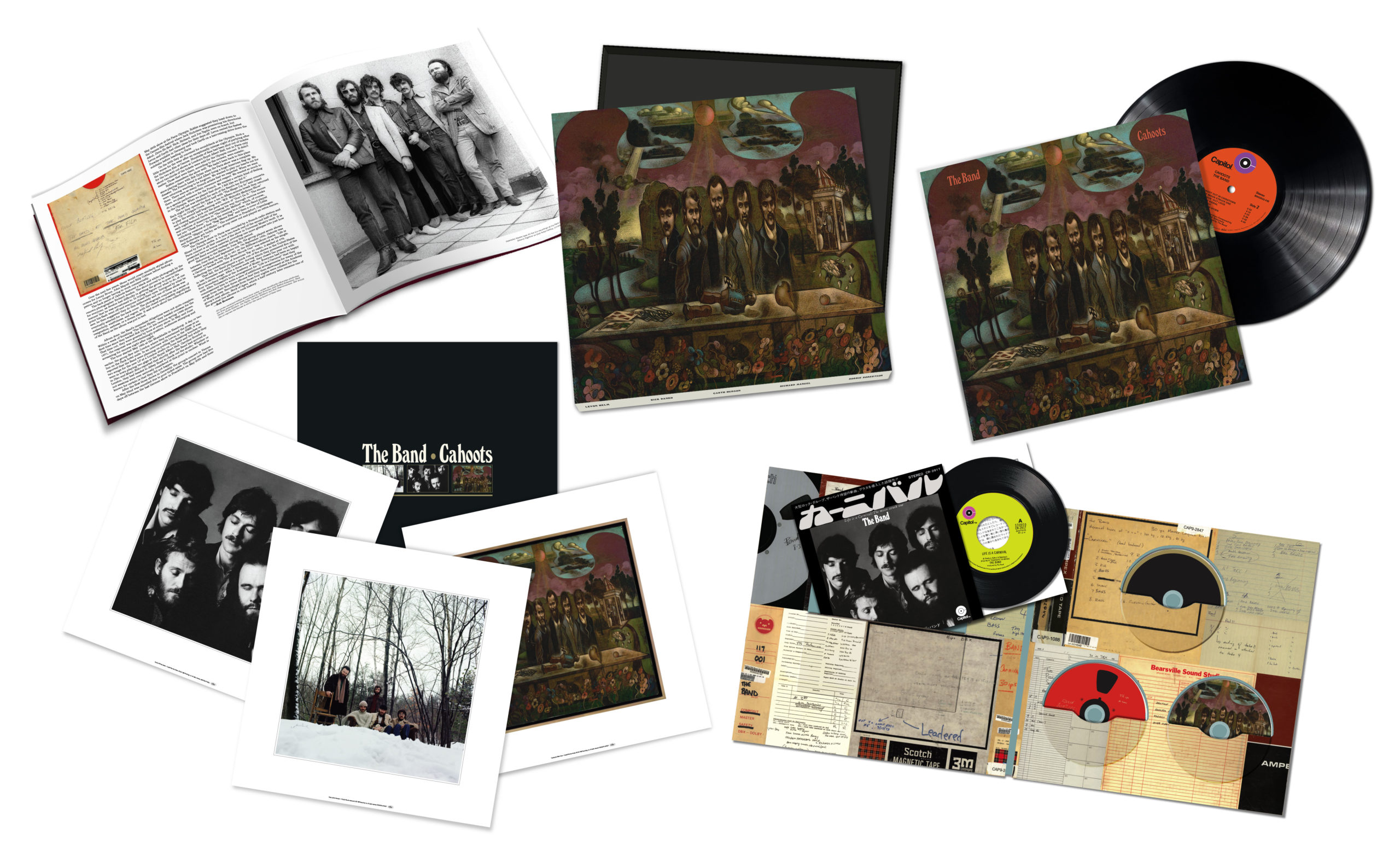 Clearly, Clearmountain took Robertson’s wishes to heart not only in terms of his 2021 stereo mix – as is instantly evident in the greater clarity of the punch of the drums and bass and how putting guitar and organ lines a bit back in the mix enables certain vocal elements to be more out front – but most especially in terms of the breadth so readily apparent in his groundbreaking Dolby Atmos mix, a first for The Band’s core catalog.
Clearly, Clearmountain took Robertson’s wishes to heart not only in terms of his 2021 stereo mix – as is instantly evident in the greater clarity of the punch of the drums and bass and how putting guitar and organ lines a bit back in the mix enables certain vocal elements to be more out front – but most especially in terms of the breadth so readily apparent in his groundbreaking Dolby Atmos mix, a first for The Band’s core catalog.
In his Atmos mix of Cahoots, Clearmountain puts the listener dead-center and smack dab in the middle of the band in the most “you-are-there” fashion imaginable. Concludes Robertson, “This is what I really meant. This is the honesty of this now. This is a trip. This is something special.”
Upon initial retail release, Cahoots peaked at #21 on Billboard, marking The Band’s fourth consecutive Top 30 album appearance.
In 2017 I interviewed Robertson for Record Collector News magazine inside his office at Village Recorders in Westwood, Ca.
I asked him a question about revisiting the catalog of The Band.
“I just feel extremely proud in the choice that we made to work together. I absolutely feel there are moments when I think… ‘Whew…He’s the business. What talent. What an amazing emotional musical choice was made right there. I do feel those things.”
Originally released on September 15, 1971, Cahoots houses a number of The Band’s best-loved and most enduring songs, including “Life Is A Carnival” and “When I Paint My Masterpiece.”
“When I Paint My Masterpiece” from Cahoots ensued from a visit by lifelong Band compadre Bob Dylan, an instant classic that’s bolstered by Levon Helm’s mandolin and Garth Hudson’s accordion, both of which lent the track a European feel that best matched Dylan’s lyrical axis. Be sure to spend time with the “Masterpiece” alternate take near the end of CD1, which begins with a more prominent mandolin chord and world-weary Levon vocal, rather than the song’s more familiar 25-second fade-in. You’ll also discern differences in Garth’s accordion accompaniment, Rick Danko’s animated bass playing and Richard Manuel’s insistent drumming. (Manuel often took to the drum chair whenever Levon would switch off to mandolin.)
Incidentally, Cahoots has another guest of note who also happened to be a Woodstock resident at the time: namely, Van Morrison, who adds his indelible vocal stamp to “4% Pantomime.” One afternoon, Morrison stopped by Robertson’s writing studio, heard Robertson noodling on some chord changes and a melody on piano, and the next thing anyone knew, Morrison was singing and creating lyrics on the spot while looking right at Richard Manuel. Morrison (whom Robertson dubbed the “Belfast Cowboy”) was so galvanized by the tune that he suggested they all head to the studio to cut it that same night. A few hours and a few false starts later, “4% Pantomime” was officially on tape. In the finished version, Morrison and Richard Manuel trade impassioned face-to-face vocals captured only a few feet apart (with Manuel also turning in double duty on piano), Levon Helm supplying the unmistakable backbeat, and Garth Hudson adding all the right organ fills. (You can hear that initial false start version on one of the key outtakes on CD1.)
As recounted in the liner notes, Band road manager Jonathan Taplin notes how “Carnival” was born in part out of Robertson’s infatuation with some of the more peculiar characters on display in Marcel Carné’s 1945 film Les Enfants du Paradise, not to mention his having worked on the midway at the Canadian National Exhibition in Toronto in his youth.
In addition to The Band’s own impeccable style of groove-making, the song’s Mardi Gras-esque atmospherics are also due to legendary New Orleans R&B producer Allen Toussaint having been deployed to compose a most excellent, and decidedly funky, horn arrangement to buttress the track.
I remember speaking with guitar whiz and songwriter Steve Cropper of Booker T. & the MG’s in 1976 at Cherokee Studios in West Hollywood about The Band’s “Life is a Carnival.” Cropper suggested it achieved a new musical direction in recording.
In 1976 I interviewed Robbie Robertson in Malibu, Ca. at Shangri-La studios for Crawdaddy! magazine and Melody Maker in the UK.
Robertson explained it was his idea to contact arranger Allen Toussaint and commission this rare collaboration between Rick, Levon and Robbie.
In the 2017 book The Story of The Band From Big Pink to The Last Waltz (Sterling), written by my brother Kenneth and I, we described “Life Is a Carnival” in the pages.
“With its Crescent City backbeat, Hudson’s sweeping keyboard perorations, and those delicious vocal harmonies, rueful and revelatory in turn, the song was a valiant return to form. It was further enhanced by the exquisite pen of arranger/orchestrator Allen Toussaint.”
In my 1976 interview with Robertson, I inquired about Cahoots and the current state of music.
“We just make music. Whatever's in our mind. What happens to it is out of our control and sales don't influence us. I'm not concerned about the disco thing. That's fine, but it is not our job figuring out how to fit in to the disco, AM or FM market. We put it on record, and for people who like it, it's available. I just want to get out the stuff that I can live with."
The double keyboard combination of piano and organ is a Band trademark. Has Robbie ever felt suffocated by this format?
"No. I play as much as I want to play. No one is telling me, 'Listen, you're playing too much.' That's my own decision. That's how much I prefer to do. When I hear other people play a lot more than required I find it’s really drivel and there's nothing in this fuckin' wide world that's going to do anything for the song; I don't care. I like a good guitar part where it adds something, has a nice place and is a nice solo. Not too much, nor too little. But I think as time goes on it just takes different proportions, and too much is unnecessary." 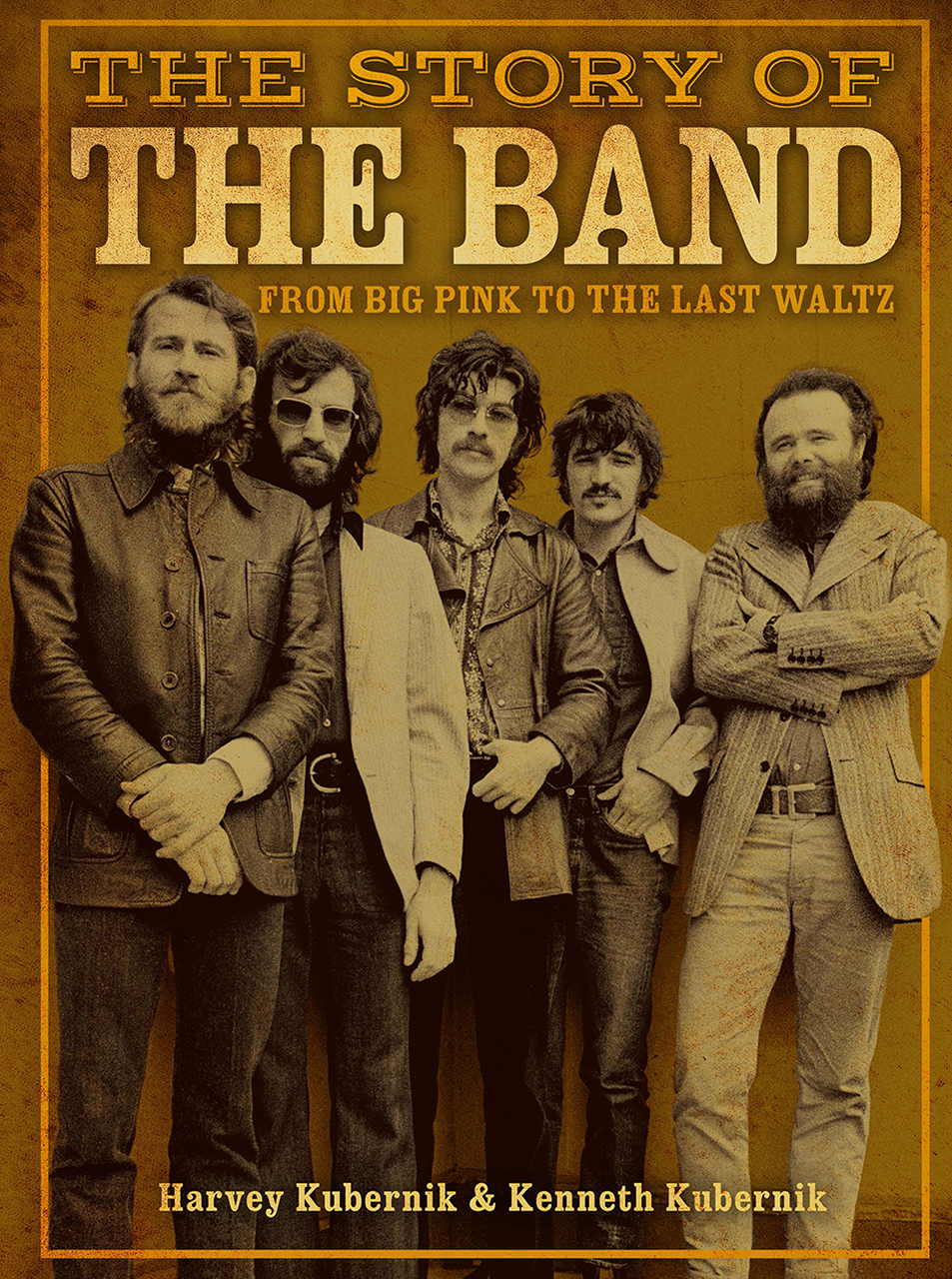
Robertson's guitar theory seems to simply extend his basic life philosophy of unhurried discipline.
Or, as Bob Dylan said when he called to talk about Robbie: "Listen to his guitar playing. That’s about all you need to know about him.”
In May and June of 1971, The Band set off to tour Europe, where they hadn’t played since their tumultuous tour with Bob Dylan in 1966, during which they were booed every night as folk rock purists felt betrayed by Dylan’s going electric as backed by the Hawks, who would soon enough become The Band.
Not having played the continent in five years, the guys were justifiably wary and didn’t really know what to expect in Europe – but rather than garnering boos and catcalls, they received a rapturous response at their first concert in Hamburg, Germany and would continue performing for one enthusiastic crowd after another.
Playing at the Olympia Theatre in Paris on May 25, 1971 was one such gig especially near and dear to The Band’s collective heart. “We hadn’t been back to this place since playing there with Bob Dylan, when the Paris show was a complete disaster,” Robertson recalls. “We wanted so much to do a special performance for the French. We wanted a certain kind of feeling in the Olympia. When we played the show, I felt like we did it.”
The set list that night reflected each of The Band’s ten two-set European concerts, and it was recorded by a French radio station and filmed by French media. Sadly, only the second half of that show survives, but it’s full of a slew of Band classics, such as “The W.S. Walcott Medicine Show,” “We Can Talk,” the Stevie Wonder-penned Four Tops hit “Loving You Is Sweeter Than Ever,” “The Night They Drove Old Dixie Down,” “Across The Great Divide,” “The Unfaithful Servant,” “Don’t Do It,” the Garth Hudson showcase “The Genetic Method” that leads into “Chest Fever,” “Rag Mama Rag” and a rousing cover of the Little Richard barnburner, “Slippin’ And Slidin’.”
This portion of the Paris show is presented on CD2 as a “bootleg partial concert,” but even so, each of these 11 electrifying live tracks serve as even more evidence of just how good The Band sounded onstage at this point in their career.
In my 2017 dialogue with Robbie we talked about The Band’s subsequent 1974 US trek with Dylan and how well received the group was.
“At least this past time [1974] we weren’t booed,” he remarked, referring to confused audience members on the Dylan/Hawks 1966 tour.
“There was a thing that happened between Bob and The Band on stage that when we played together that we would just go into a certain gear automatically. It was like instinctual, like you smelled something in the air, you know, and it made you hungry. (laughs). It was that instinctual. And the way we played music together was very much that way. And whether, we were playing in 1966, or 1976, or when we did the tour together in 1974, we would go to a certain place where we just pulled the trigger. It was like ‘just burn down the doors ‘cause we’re coming through.’ And it was a whole other place that we played when we weren’t playing with him. So it was like putting a flame and oil together, or something. I don’t know.
“When we did the Dylan and Band tour in ’74, where we went and did a lot of the same things we did back in ’66, and the peoples’ response was ‘this is the shit and I knew it all along.’ It was like you weren’t really there all along. It’s interesting and it’s one of the things I talked about in my keynote speech that I made [last decade] at the SXSW conference. It’s really a very interesting experiment to see, or go from something that people were so adamantly against this music, and that we didn’t change nothing, and the world revolved, and everybody came around and said ‘this is brilliant.’ That was very interesting to see everything else change around you.
“Well, we didn’t change. [laughs]. I don’t know that this has ever happened to anybody else. And it is a phenomenon. And that’s why I feel bold enough to refer to it as a musical revolution, because the world came around. We didn’t.
“We didn’t do anything that much different. [laughs]. We just went out there and hit it between the eyes. And now people have a completely different reaction to it. And I thought ‘that’s kind of incredible that the world actually came to this place,” you know. And I don’t know who else has been through that."
Cahoots (50th Anniversary Edition) Tracklisting
CD1
- Life Is A Carnival
- When I Paint My Masterpiece
- Last Of The Blacksmiths
- Where Do We Go From Here?
- 4% Pantomime
- Shoot Out In Chinatown
- The Moon Struck One
- Thinkin’ Out Loud
- Smoke Signal
- Volcano
- The River Hymn
Bonus Tracks
- Endless Highway (Early Studio Take, 2021 Mix)
- When I Paint My Masterpiece (Alternate Take, 2021 Mix)
- 4% Pantomime (Takes 1 & 2)
- Don’t Do It (Outtake – Studio Version, 2021 Mix)
- Bessie Smith (Outtake)
CD2
Live at The Olympia Theatre, Paris, May 1971 (Bootleg, Partial Concert)*
- The W.S. Walcott Medicine Show
- We Can Talk
- Loving You Is Sweeter Than Ever
- The Night They Drove Old Dixie Down
- Across The Great Divide
- The Unfaithful Servant
- Don't Do It
- The Genetic Method
- Chest Fever
- Rag Mama Rag
- Slippin' And Slidin'
Bonus Tracks
- Life Is A Carnival (Instrumental)*
- Volcano (Instrumental)*
- Thinkin’ Out Loud (Stripped Down Mix)*
Blu-ray
Dolby Atmos, DTS-HD Master Audio 5.1, and Stereo
High Resolution Audio: 96 kHz/24 bit
- Life Is A Carnival
- When I Paint My Masterpiece
- Last Of The Blacksmiths
- Where Do We Go From Here?
- 4% Pantomime
- Shoot Out In Chinatown
- The Moon Struck One
- Thinkin’ Out Loud
- Smoke Signal
- Volcano
- The River Hymn
Bonus Tracks
- Endless Highway (Early Studio Take, 2021 Mix)
- When I Paint My Masterpiece (Alternate Take, 2021 Mix)
- 4% Pantomime (Takes 1 & 2)
- Don’t Do It (Outtake – Studio Version, 2021 Mix)
1LP (33 1/3 RPM)
180g black vinyl (included in the box set and available individually); ltd. edition 180g black vinyl with tip-on jacket (available individually)
Side One
- Life Is A Carnival
- When I Paint My Masterpiece
- Last Of The Blacksmiths
- Where Do We Go From Here?
- 4% Pantomime
Side Two
- Shoot Out In Chinatown
- The Moon Struck One
- Thinkin’ Out Loud
- Smoke Signal
- Volcano
- The River Hymn
Original 1971 7” Capitol Single, Japanese Pressing (45 RPM)
- Life Is A Carnival
- The Moon Struck One
* Previously unreleased
Harvey Kubernik is the author of 20 books, including Canyon Of Dreams: The Magic And The Music Of Laurel Canyon and Turn Up The Radio! Rock, Pop and Roll In Los Angeles 1956-1972.
Sterling/Barnes and Noble in 2018 published Harvey and Kenneth Kubernik’s The Story Of The Band: From Big Pink To The Last Waltz. For November 23, 2021, the duo has written a multi-narrative examination Jimi Hendrix: Voodoo Child for the publisher.
In 2015 Palazzo Editions published Harvey’s Leonard Cohen: Everybody Knows, and Neil Young, Heart of Gold published in 2016. Otherworld Cottage Industries in 2020 published Harvey’s book, Docs That Rock, Music That Matters.
Kubernik’s writings are in book anthologies, most notably The Rolling Stone Book Of The Beats and Drinking With Bukowski.
Harvey has written liner note booklets to CD re-releases of Carole King’s Tapestry, The Essential Carole King, Allen Ginsberg’s Kaddish, Elvis Presley The ’68 Comeback Special, the Ramones’ End of the Century and a vinyl release for National Record Store Day Black Friday November 26, 2021 of the never issued Big Brother and the Holding Company (featuring Janis Joplin) Combination of the Two Live at the Monterey International Pop Festival).

